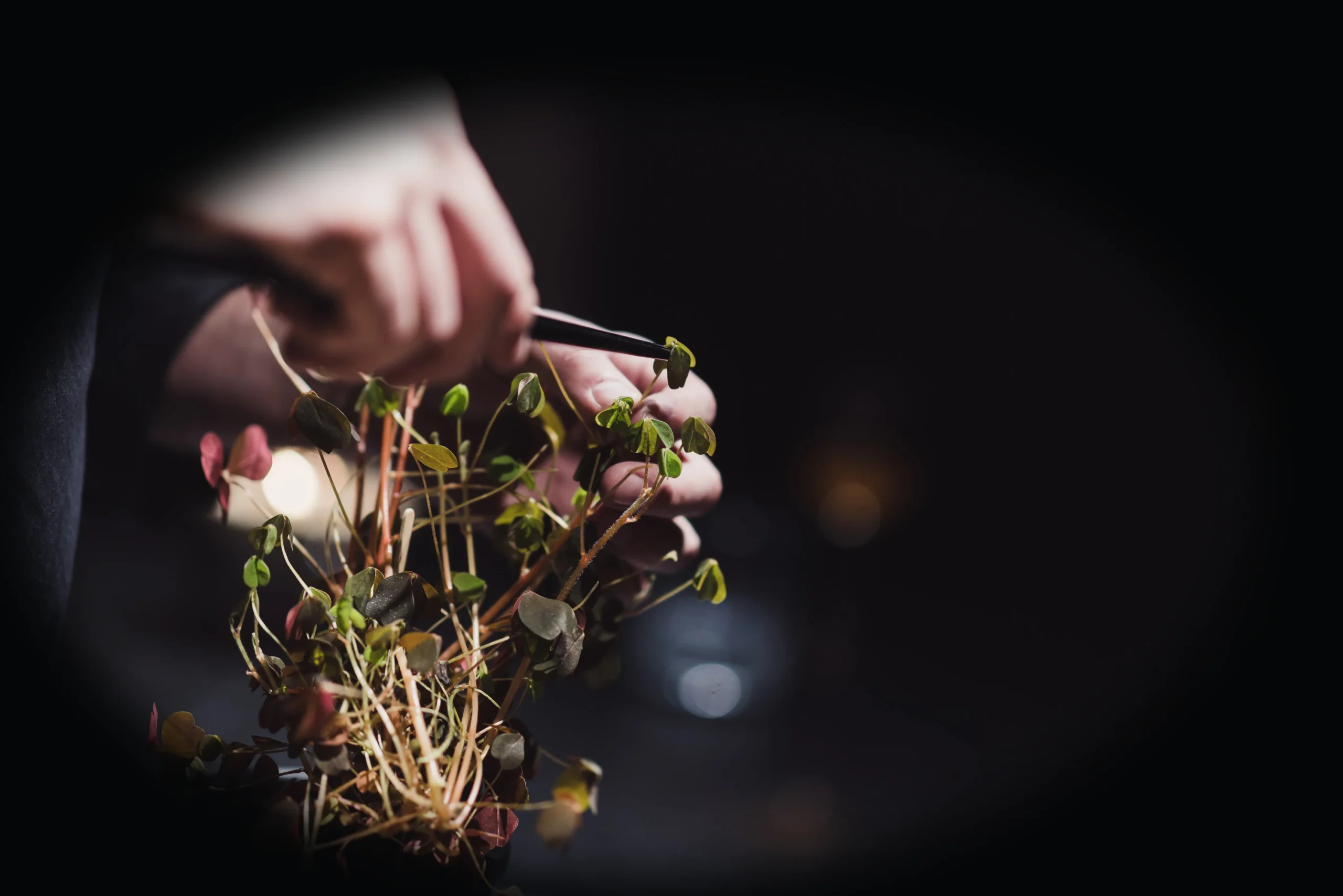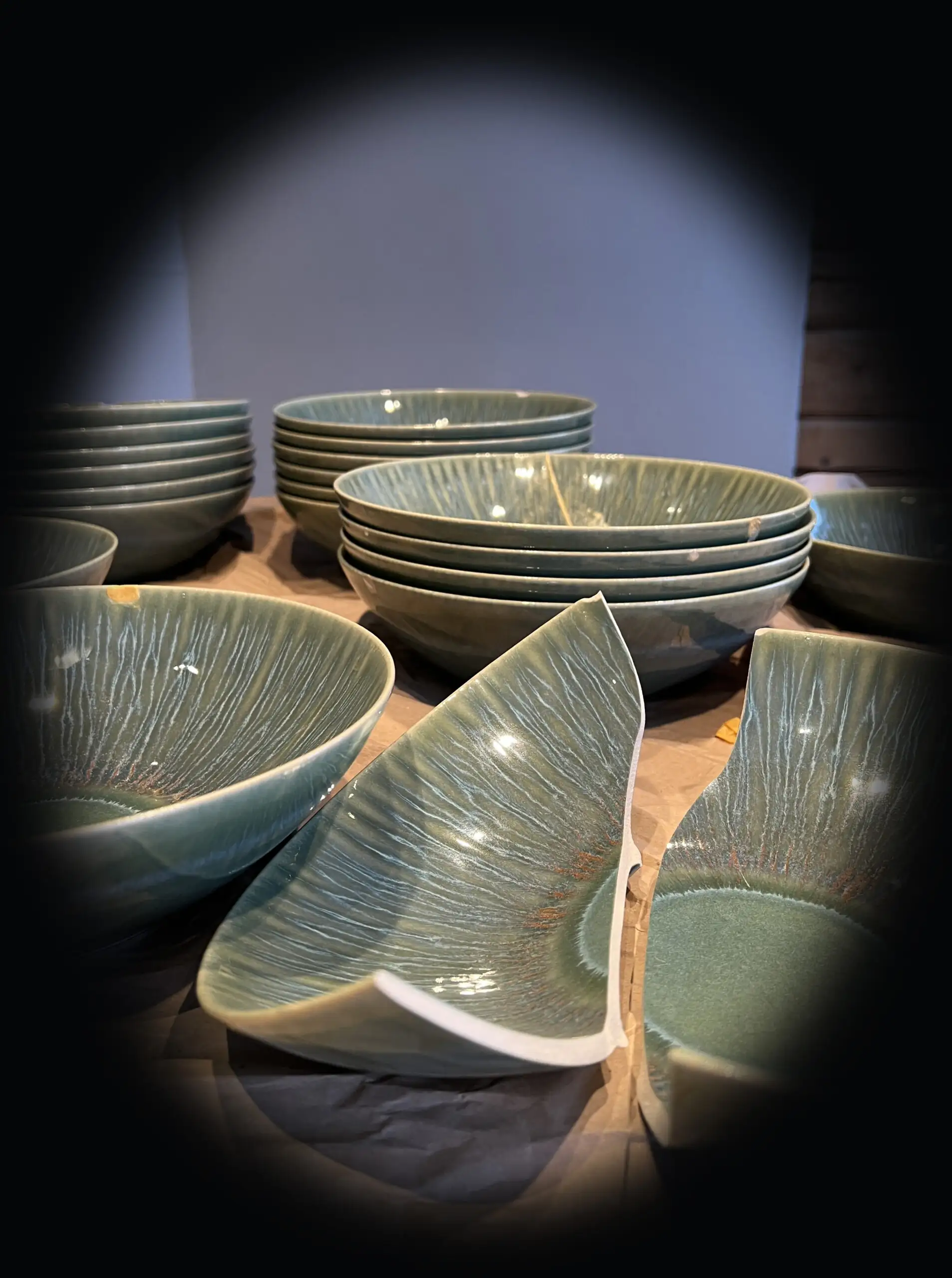
Zero Waste Restaurant – A Sustainable Approach at Villa Wesseti
At Villa Wesset, we are committed to sustainable and eco-friendly dining. Our Zero Waste concept combines locally sourced ingredients, efficient waste management, and guest education to create a holistic experience.
What is the Zero Waste concept?
Zero Waste means that we strive to reduce waste, support the local economy, and minimize our environmental impact. Our aim is to create an experience that inspires visitors and contributes to a more sustainable future.

Why choose local ingredients?
Local ingredients and collaboration with farmers
We want to know exactly where our ingredients come from, how they are grown, and who grows them. To ensure this, we work closely with local farmers and producers. This not only supports the local economy but also adds value and respect to the ingredients we use in our menu.
How do we reduce our carbon footprint?
By choosing local suppliers, we reduce the carbon footprint caused by transportation. This is an important step towards more eco-friendly dining.
Reducing packaging waste and promoting reuse
Reusable containers and avoiding plastic bags
When purchasing ingredients, we use reusable containers and have agreed not to receive goods in plastic or paper bags. We have also abandoned the use of food wrap in the kitchen.
Composting and waste sorting
Using bio-waste as animal feed
We have directed our bio-waste to be used as animal feed. This approach helps reduce food waste and supports recycling.
Sorting plastic, glass, paper, and returnable packaging
We carefully sort all waste—including plastic packaging, glass, paper, returnable packaging, hazardous waste, and bio-waste. Each material finds its place in recycling.
Reusable tableware and the Ringkarp system
Disposable tableware is a thing of the past in our restaurant. We use only reusable tableware, including ceramic and metal pieces. For food takeout, we offer the “Ringkarp” solution or happily pack the food in the guest’s own container.
Sustainable menu planning
Our menu is designed so that ingredient spoilage is minimal. We order only what we need, and any excess ingredients are further processed—through marinating, drying, or fermenting.
Education and environmental awareness
How do we teach the principles of Zero Waste?
We are committed to educating both our staff and visitors about the importance of Zero Waste practices. We organize team events where we emphasize the importance of environmental friendliness.
Children and herbs – Future Environmental Guardians
On our summer terrace, we grow herbs with labels so that children can learn to recognize different flavors. At the end of summer, we share the plants among our team and guests so that they can continue to grow in the new season.
Reuse and repair of items
Giving new life to old items
If something is left over or seems to have outlived its time, we find new life for it. For example, we have exchanged Christmas decorations with another hotel or shared surplus items within community groups.
The goal and impact of the Zero Waste restaurant
At Villa Wesseti’s Zero Waste Restaurant, our aim is to offer delicious food in an environmentally conscious way. Our approach to sustainability goes beyond cooking—we have thought of every little detail to inspire others to make more sustainable choices.

